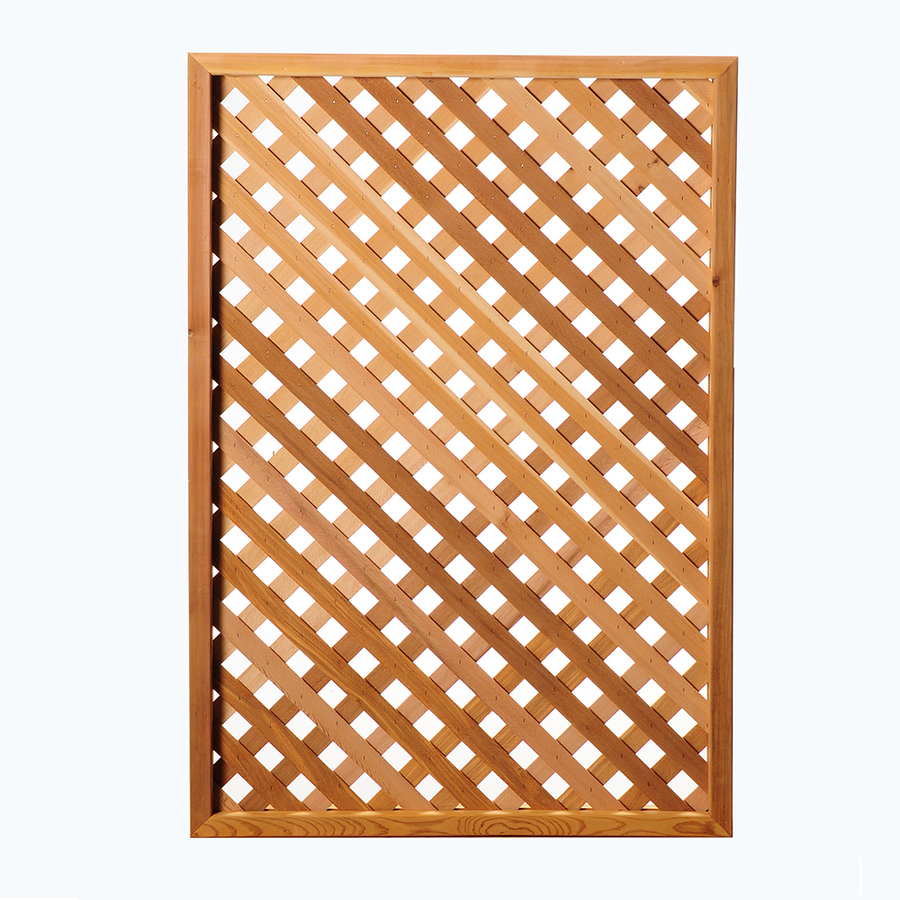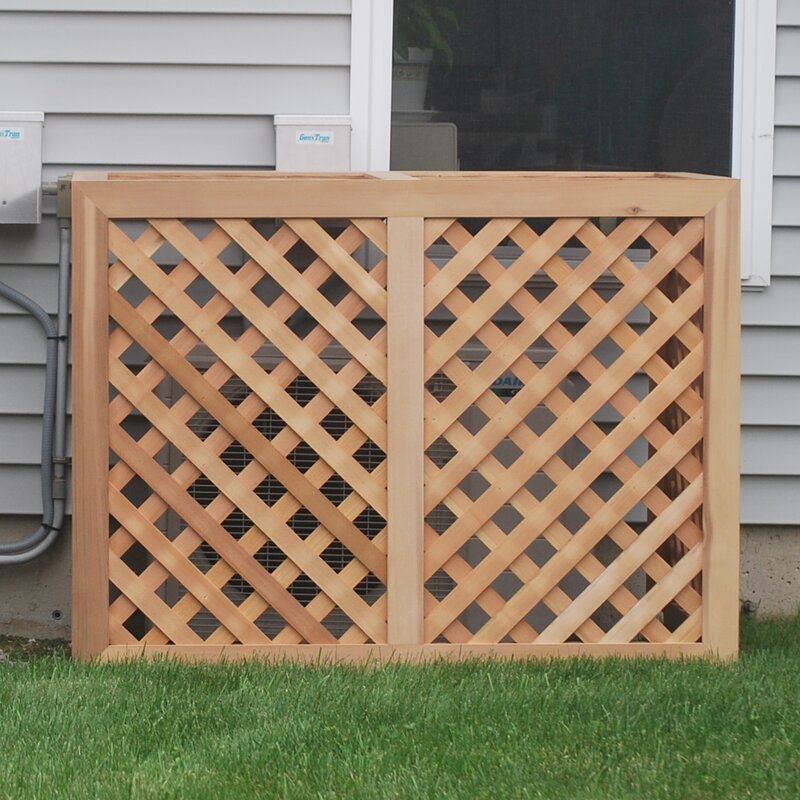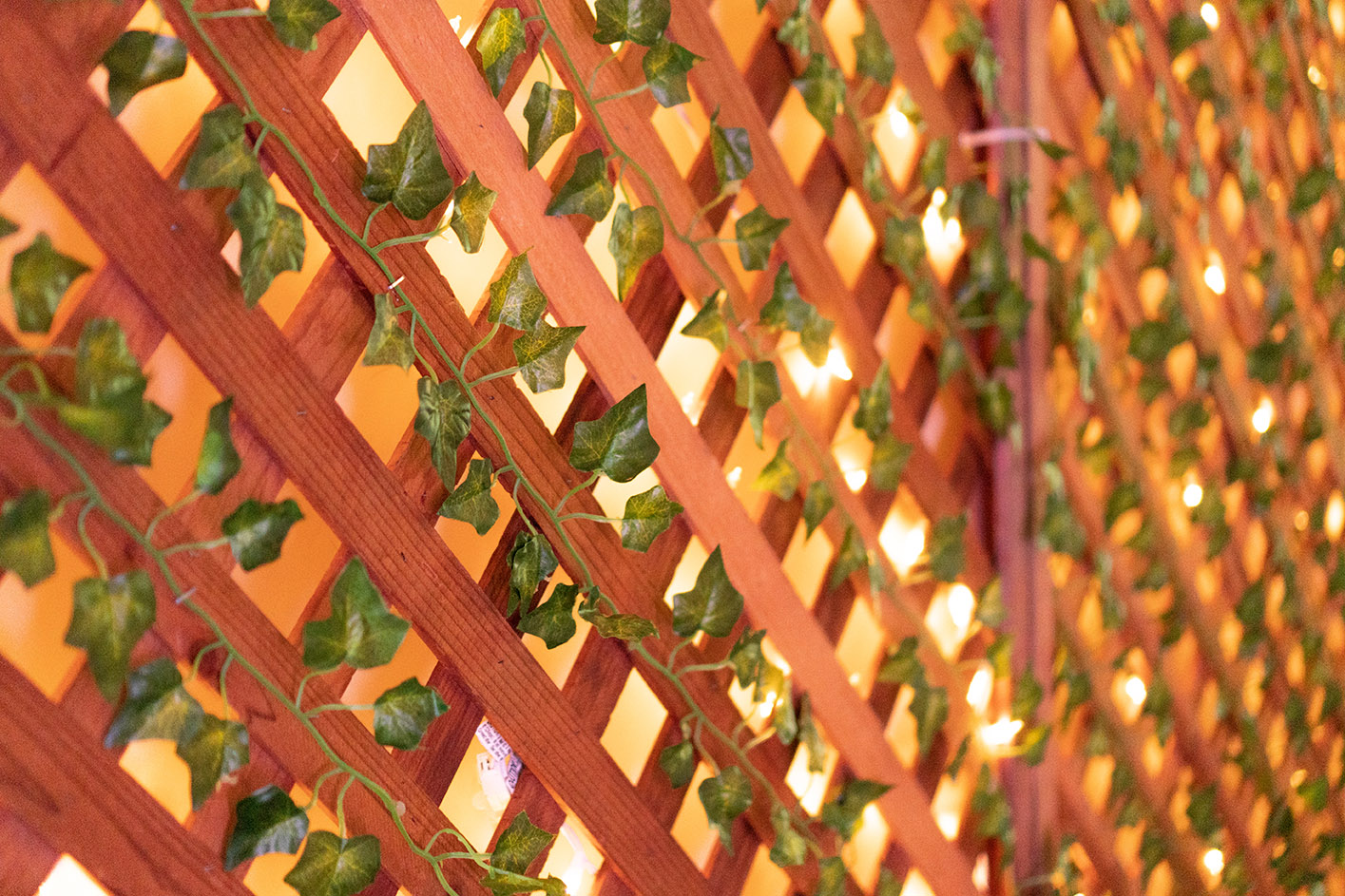
You could plant vines all along the bottom of your fence and within a few growing seasons, you will have a beautifully and naturally shaded fence structure that will also serve to give your space some privacy. Vinyl lattice fences are not as common as wood and metal, but vinyl is making an up rise and is a choice that you can basically set and forget! Lattice Fence For PlantsĪ lattice fence can serve as not only your fence structure that protects a space, but it is also a great medium for climbing plants like vines to grow on. Vinyl requires the least amount of maintenance and upkeep and are great in any climate. Metal lattice is a great option for any climate or soil condition. Wooden lattice is also very easy to find and is the most affordable option in comparison to vinyl or metal. It can be painted and/or stained to reflect countless colors and shades.


Deciding which one of these materials to use has a lot to do with your personal preference, but you should also consider the environment in which your lattice fence will reside. Locally milled reclaimed untreated cedar creates an environmentally sound rain and privacy screen.All Lattice Fence Ideas Types of Lattice MaterialĪs I stated before the most common types of materials used to construct a lattice fence are wood, metal, and vinyl. The materials for the home’s exterior include a mixture of structural steel and glass, and salvaged cedar blended with Cor ten steel panels. The rooftop and water-level decks extend and maximize the main living space. The bedroom, office and bathroom have a more intimate feel, like a waterside retreat. The atrium space celebrates light and water with open and connected kitchen, living and dining areas. The original 19th century log float was maintained as the foundation for the new home and some of the historic logs were salvaged and custom milled to create the distinctive interior wood paneling. With that in mind, she worked with Architect Ryan Mankoski of Ninebark Studios and Dyna to create a functional dwelling that honored its surroundings. After living on the water for 10 years, the owner was familiar with the area’s history and concerned with environmental issues.

Tour this project in person, September 28 – 29, during the 2019 Castle Home Tour!Ĭlean and simple define this 1200 square foot Portage Bay floating home. Cable railings from Loftus Iron add to the contemporary style of the home, including a gate feature at the top of the front steps to contain the family pets when they’re let out into the yard. The front entry of the home was also updated to include a large, open porch with access to the newly landscaped yard. Trex decking was used throughout, along with red cedar porch, pergola and privacy lattice detailing.

Inside the screen porch, a patio heater allows the family to enjoy this space much of the year.Ĭoncrete was the material chosen for the outdoor countertops, to ensure it lasts several years in Minnesota’s always-changing climate. The screen house doors are made from six custom screen panels, attached to a top mount, soft-close track. A new glass sliding door was inserted along a perpendicular wall to connect the home’s interior kitchen to the backyard oasis. The previous, small deck was demolished and the sliding door replaced with a window. The homeowners wanted to resolve these issues and create a much more useable outdoor area for family and pets.Ĭastle, in conjunction with Field Outdoor Spaces, designed and built a large deck area in the back yard of the home, which includes a detached screen porch and a bar & grill area under a cedar pergola. In addition, there were concerns about soil erosion and water intrusion to the house. However, the home’s lot was unusually steep and overgrown with vegetation. A massive conversion transformed the home into a spacious, multi-level residence in the 1990’s. This modern home, near Cedar Lake, built in 1900, was originally a corner store.


 0 kommentar(er)
0 kommentar(er)
